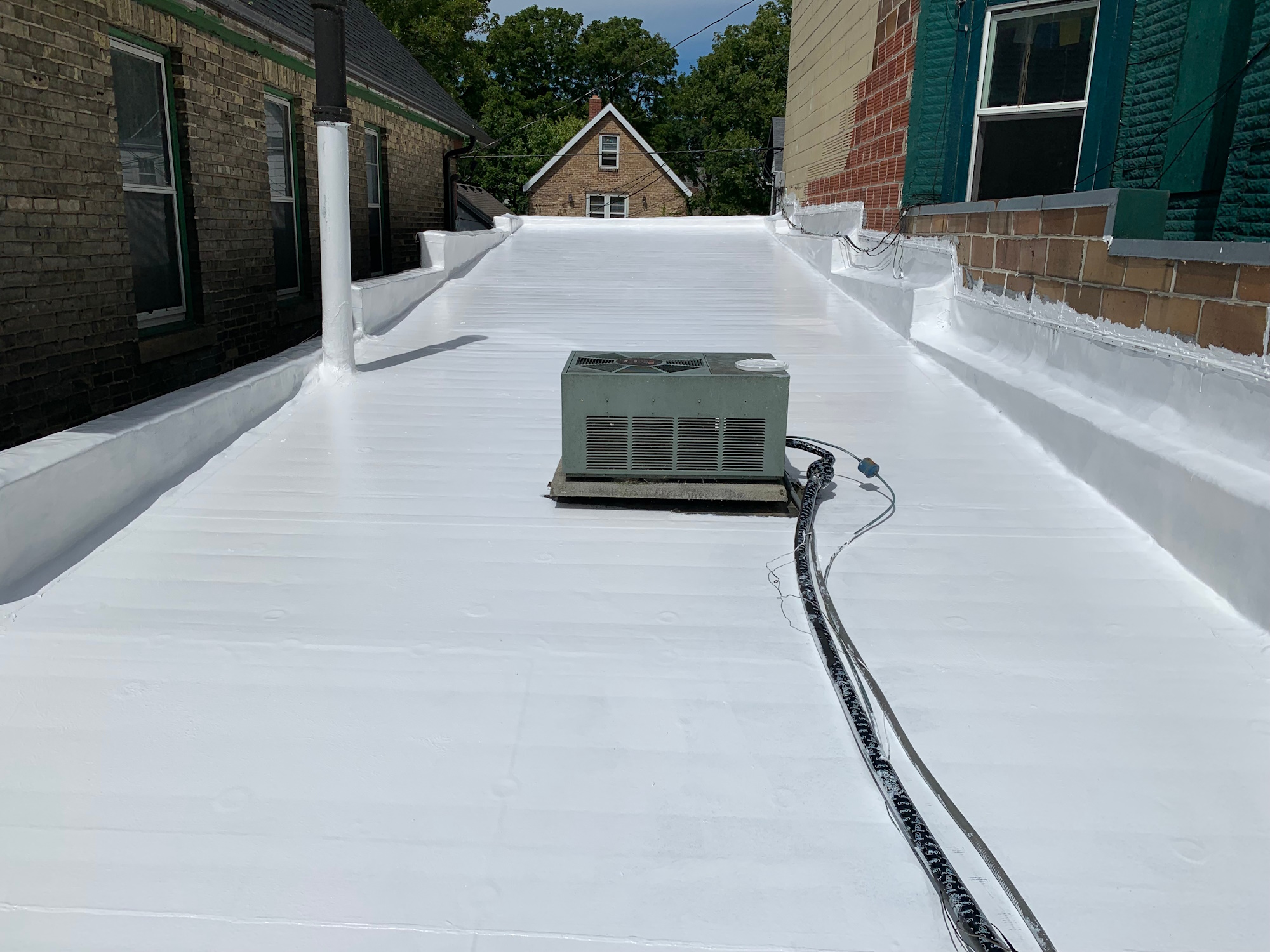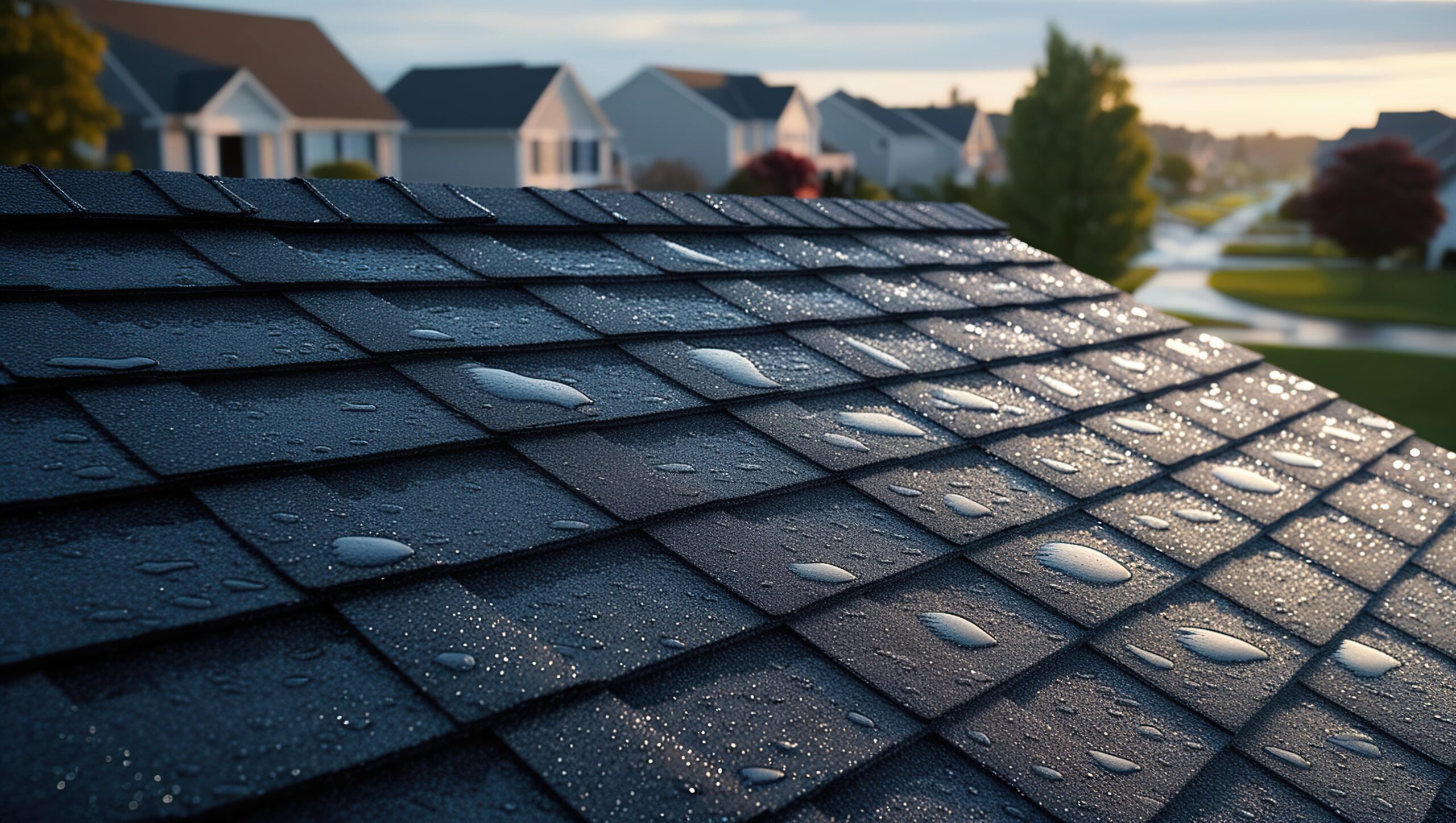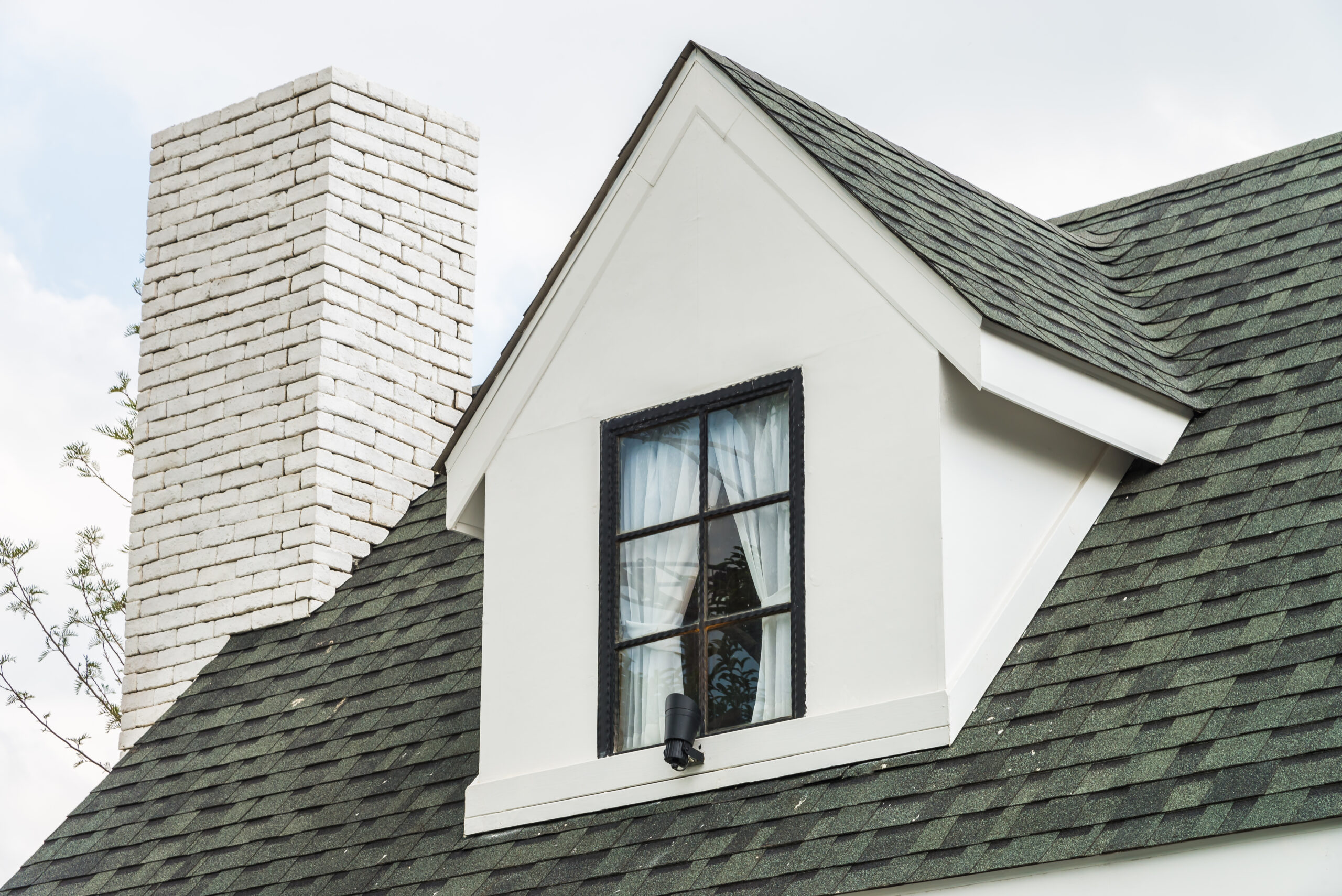What are Rubber Roofs? What Homeowners Should Know
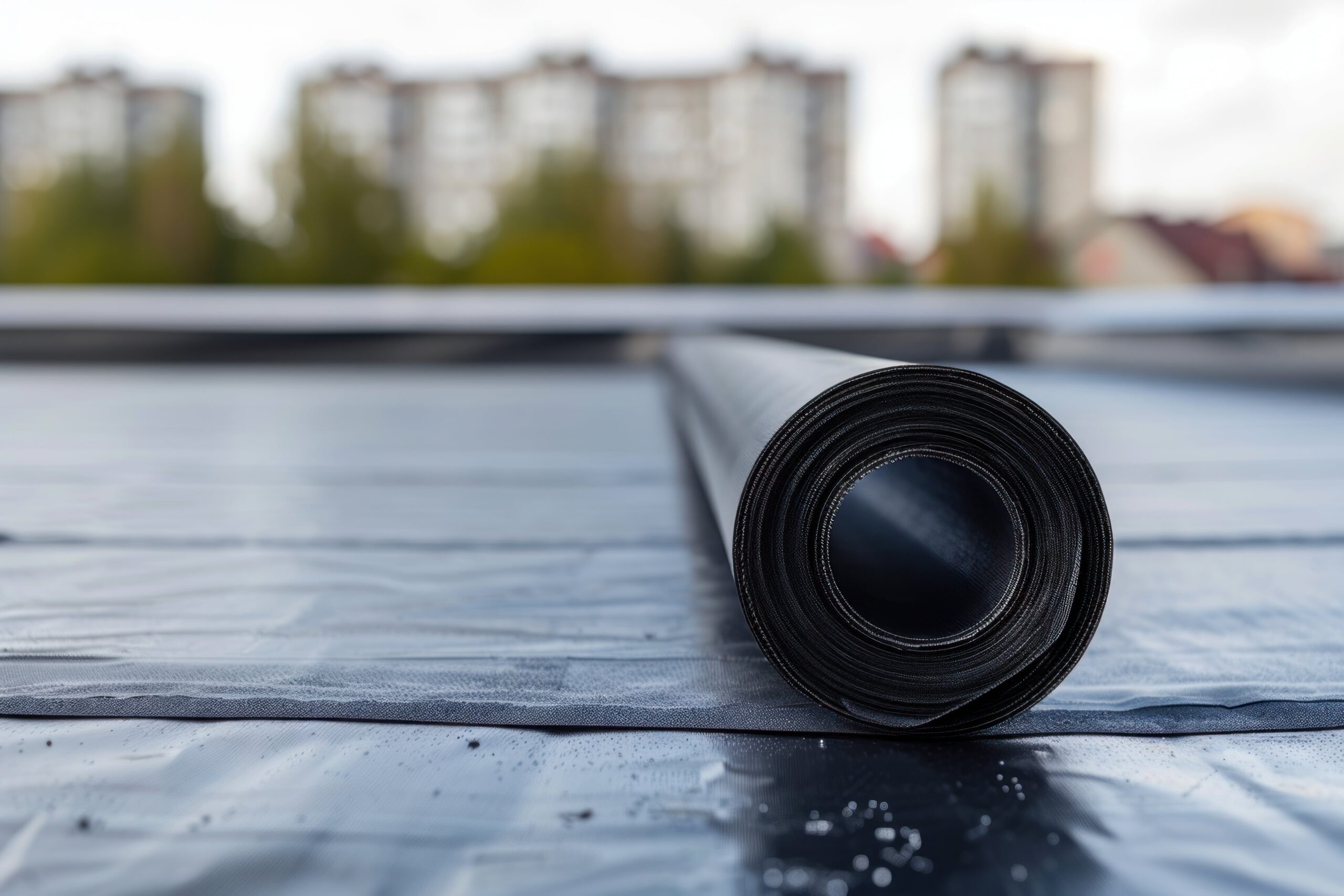
As a homeowner, choosing the right roofing material is crucial for ensuring the longevity, durability, and efficiency of your home. One option that has gained popularity in recent years is rubber roofing. But what exactly are rubber roofs, and what should you know about them before deciding if they’re right for your home? In this article, we will delve into the specifics of rubber roofs, their benefits, drawbacks, and key considerations for homeowners.
What are Rubber Roofs?
Rubber roofs, also known as EPDM (Ethylene Propylene Diene Monomer) roofs, are a type of single-ply roofing membrane made from synthetic rubber. Initially developed in the 1960s, EPDM roofing has since become a common choice for both commercial and residential buildings. This material is typically used for flat or low-slope roofs, though some advanced installation techniques allow for its use on steeper slopes as well.
The main components of EPDM include ethylene and propylene, which are derived from oil and natural gas. These components are processed and compounded to create a durable and flexible membrane. Rubber roofs are available in both black and white, with black being the most common due to its UV resistance and heat-absorbing properties.
Benefits of Rubber Roofs
One of the primary advantages of rubber roofing is its longevity. When properly installed and maintained, an EPDM roof can last between 20 to 30 years or even longer. This durability is largely due to the material’s resistance to weathering, including extreme temperatures, UV radiation, and harsh weather conditions like rain, hail, and snow.
Another significant benefit of rubber roofs is their flexibility. Unlike other roofing materials, EPDM can expand and contract without cracking or becoming damaged. This makes it an ideal choice for areas with significant temperature fluctuations. Additionally, the material’s elasticity helps it withstand impacts from falling debris, reducing the risk of punctures and tears.
Rubber roofs are also environmentally friendly. The production process of EPDM is energy-efficient, and the material itself is recyclable. Moreover, the ability of black EPDM roofs to absorb heat can help reduce heating costs in colder climates, while white EPDM roofs reflect sunlight, reducing cooling costs in warmer regions. This energy efficiency contributes to a lower overall environmental impact.
Maintenance is another area where rubber roofs excel. EPDM roofs require minimal upkeep compared to other roofing materials. Regular inspections and occasional cleaning are typically sufficient to keep the roof in good condition. In the event of damage, repairs are relatively simple and inexpensive. Small punctures or tears can be patched with a specialized adhesive and patch kit, extending the roof’s lifespan without significant investment.
Rubber Roofs Drawbacks
While rubber roofs offer numerous benefits, there are also some considerations and potential drawbacks to keep in mind. One such consideration is the initial cost. Although EPDM roofing is generally cost-effective in the long run due to its durability and low maintenance requirements, the upfront cost can be higher compared to traditional roofing materials like asphalt shingles. However, this initial investment is often offset by the reduced need for repairs and the extended lifespan of the roof.
Another consideration is the installation process. Proper installation of an EPDM roof is critical to ensure its performance and longevity. This typically requires professional installation by experienced roofing contractors, as the process involves precise measurements, cutting, and adhesive application. Improper installation can lead to issues such as leaks and reduced lifespan, so it’s essential to choose a reputable contractor with experience in rubber roofing.
Aesthetic appeal is another factor that homeowners might consider. While rubber roofs are practical and efficient, they may not offer the same visual appeal as other roofing materials like clay tiles, wood shingles, or slate. The appearance of a rubber roof is generally uniform and lacks the texture and variety found in some other materials. However, this is largely a matter of personal preference, and some homeowners appreciate the sleek, modern look of an EPDM roof.
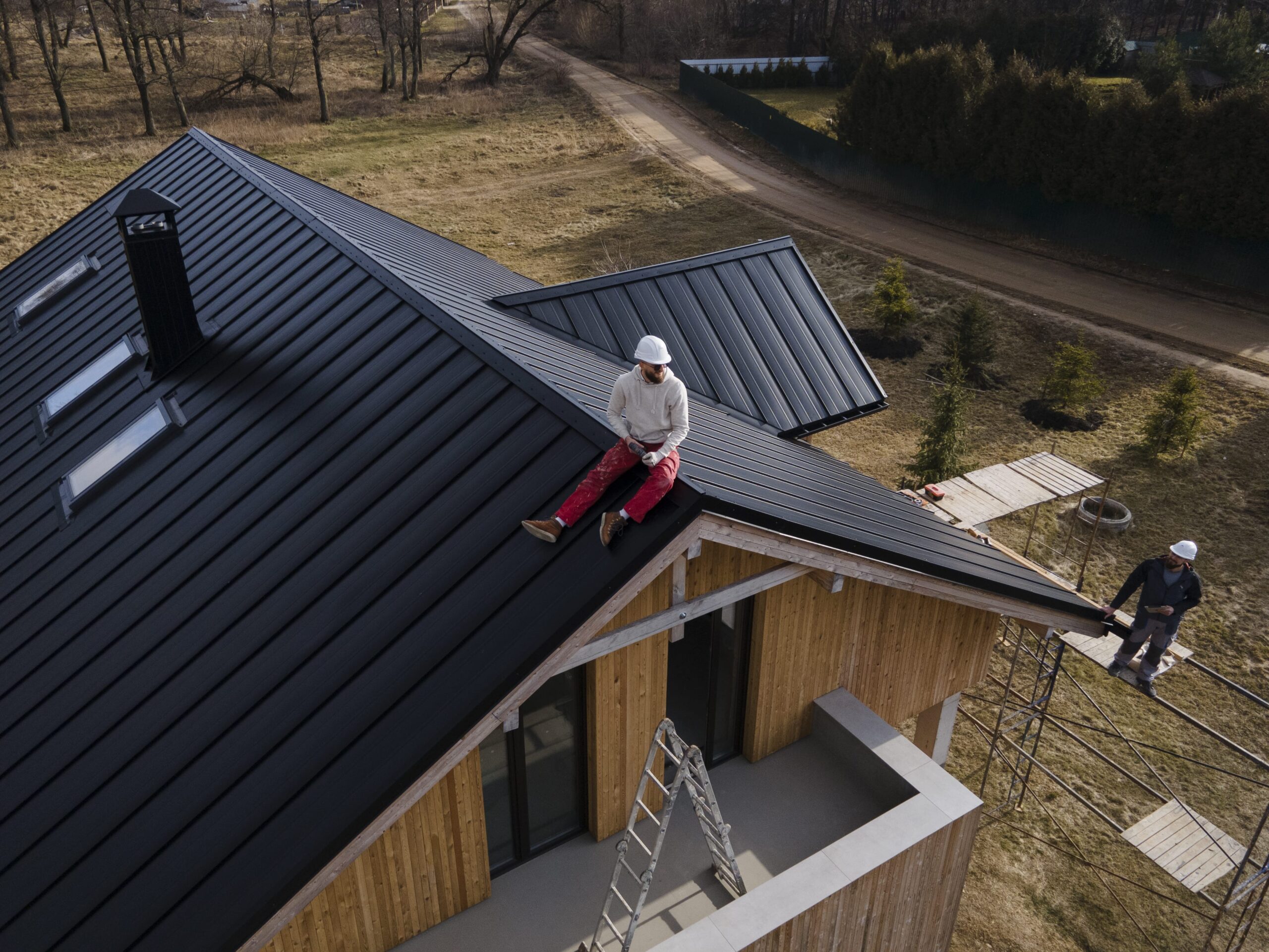
Key Considerations for Homeowners
If you’re considering a rubber roof for your home, there are several key factors to keep in mind to ensure you make an informed decision.
Firstly, assess the slope of your roof. Rubber roofing is most effective on flat or low-slope roofs, where water drainage is a concern. If you have a steeply sloped roof, other materials might be more suitable, or you might need to explore advanced installation techniques for EPDM.
Secondly, consider your local climate. While rubber roofs are durable and weather-resistant, their performance can vary based on environmental conditions. In areas with extreme heat, white EPDM may be preferable due to its reflective properties. Conversely, in colder climates, black EPDM can help reduce heating costs by absorbing heat.
Thirdly, evaluate the condition of your current roof and the structure of your home. A thorough inspection by a professional roofing contractor can help determine if any repairs or modifications are needed before installing a rubber roof. This is particularly important for older homes or those with existing roof damage.
Finally, choose a qualified and experienced roofing contractor. The success of your rubber roof installation hinges on the expertise of the installer. Look for contractors with a proven track record in EPDM roofing and check reviews and references to ensure you’re making a reliable choice.
Don’t Wait! Contact Repair Specialist Inc. Today
Rubber roofs, or EPDM roofs, offer homeowners a durable, flexible, and environmentally friendly roofing option. With proper installation and maintenance, an EPDM roof can provide decades of reliable performance, making it a cost-effective choice in the long run. However, it’s essential to consider factors such as initial cost, installation requirements, and aesthetic preferences before deciding if a rubber roof is right for your home. By weighing these factors and working with a reputable roofing contractor, you can ensure that your new roof meets your needs and enhances the value of your property.
At Repair Specialist Inc., we understand the importance of making informed decisions about your roofing needs.
Repair Specialist Inc. provides specialized roof and leak repair services to the Milwaukee, Wisconsin area. With over 20 years of experience, we are equipped to effectively deal with all kinds of leaky roofs, whether they be caused by old shingles, damaged chimneys, or clogged gutters.
To learn more about our services and expertise, visit our services page. To get in touch with us about your roof leak concerns, please call 414-322-8745 or fill out this Contact Us form.
continue reading
Related Posts
Lava 20 offers many advantages for homeowners seeking to further protect their homes.
Choosing the right roof shingles for your home is an important decision for homeowners.
If you’re in need of roof repair services, you’re likely facing the difficult task of choosing who to call for the job.

